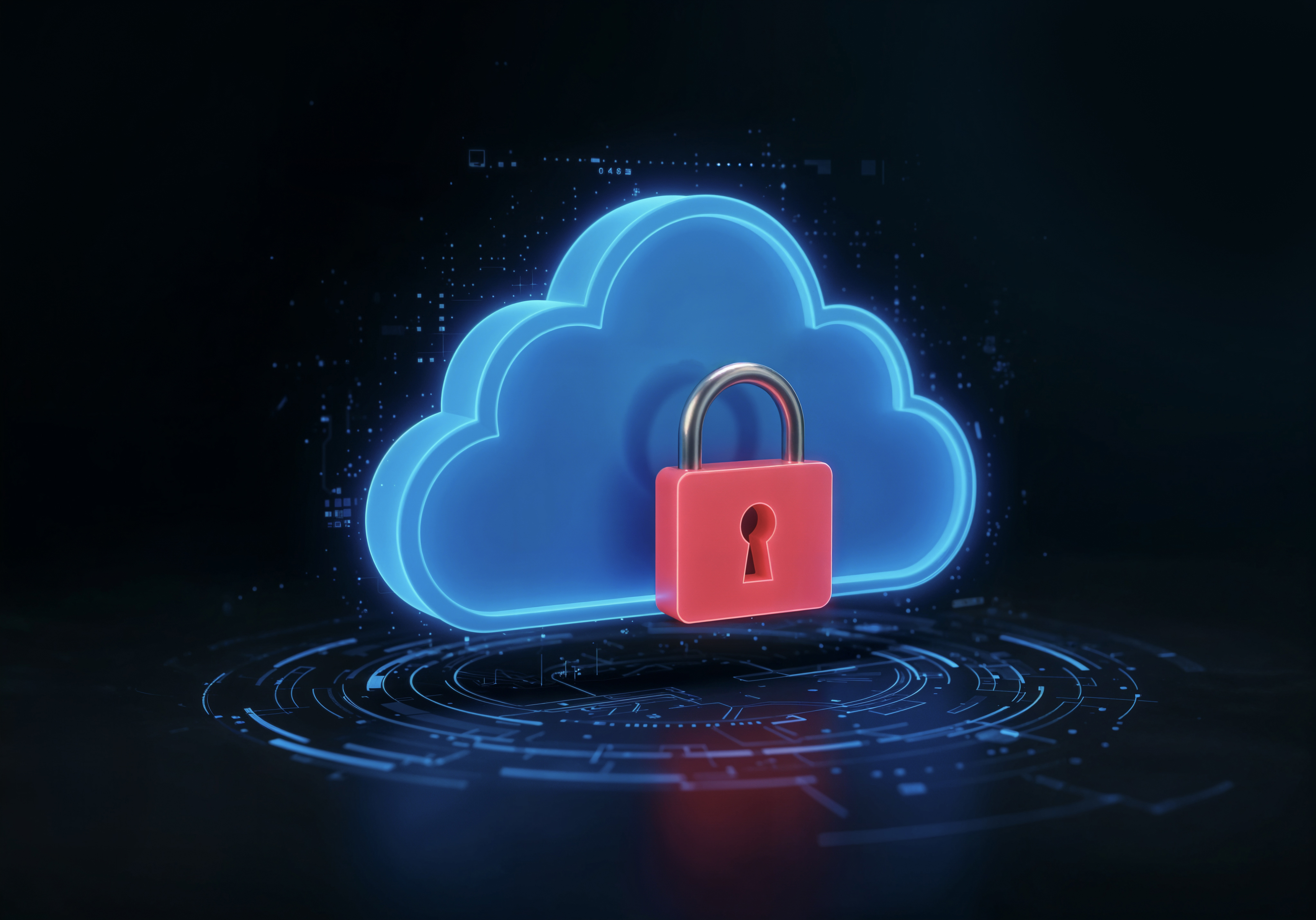
30 July, 2025
Understanding Cloud Security: A Shared Responsibility
Cloud computing offers unmatched flexibility and scalability, but understanding its security risks is essential. A common misconception is that migrating to the cloud removes organizations' security duties, leaving them entirely to the cloud provider. In reality, cloud security follows a shared responsibility model, a key concept that explains who is responsible for what.
The exact division of labor varies based on the service model (IaaS, PaaS, SaaS). Generally, the cloud provider is responsible for the security of the cloud. This includes the underlying infrastructure – the physical facilities, network hardware, virtualization layers, and the compute, storage, and networking services themselves. They secure the hypervisor, the physical servers, and the global network connecting them.
On the other hand, the customer is responsible for security in the cloud. This includes protecting their data, applications, operating systems (if applicable), network setups, and identity and access management. For an Infrastructure-as-a-Service (IaaS) model, customers have substantial control and therefore greater responsibility, such as patching operating systems and setting up firewalls. In a Software-as-a-Service (SaaS) model, the provider manages most of the stack, but the customer still holds responsibility for data access, user permissions, and secure usage of the application.
Misunderstanding this model can create serious security risks. Organizations must actively set up security controls, encrypt sensitive information, manage user identities, and oversee their cloud environments. Effective cloud security relies on a collaborative effort, where both the provider and the customer fulfill their respective responsibilities to maintain a strong and secure digital environment.
![Disaster Recovery Challenges part [3]](uploads_script/blog/2025/10/raypscruiwekbod.jpg)
![Disaster Recovery Challenges part [2]](uploads_script/blog/2025/10/4dkuth4mu89liye.png)
![Disaster Recovery Challenges part [1]](uploads_script/blog/2025/10/ofvvjt2f9d16zaq.jpg)


